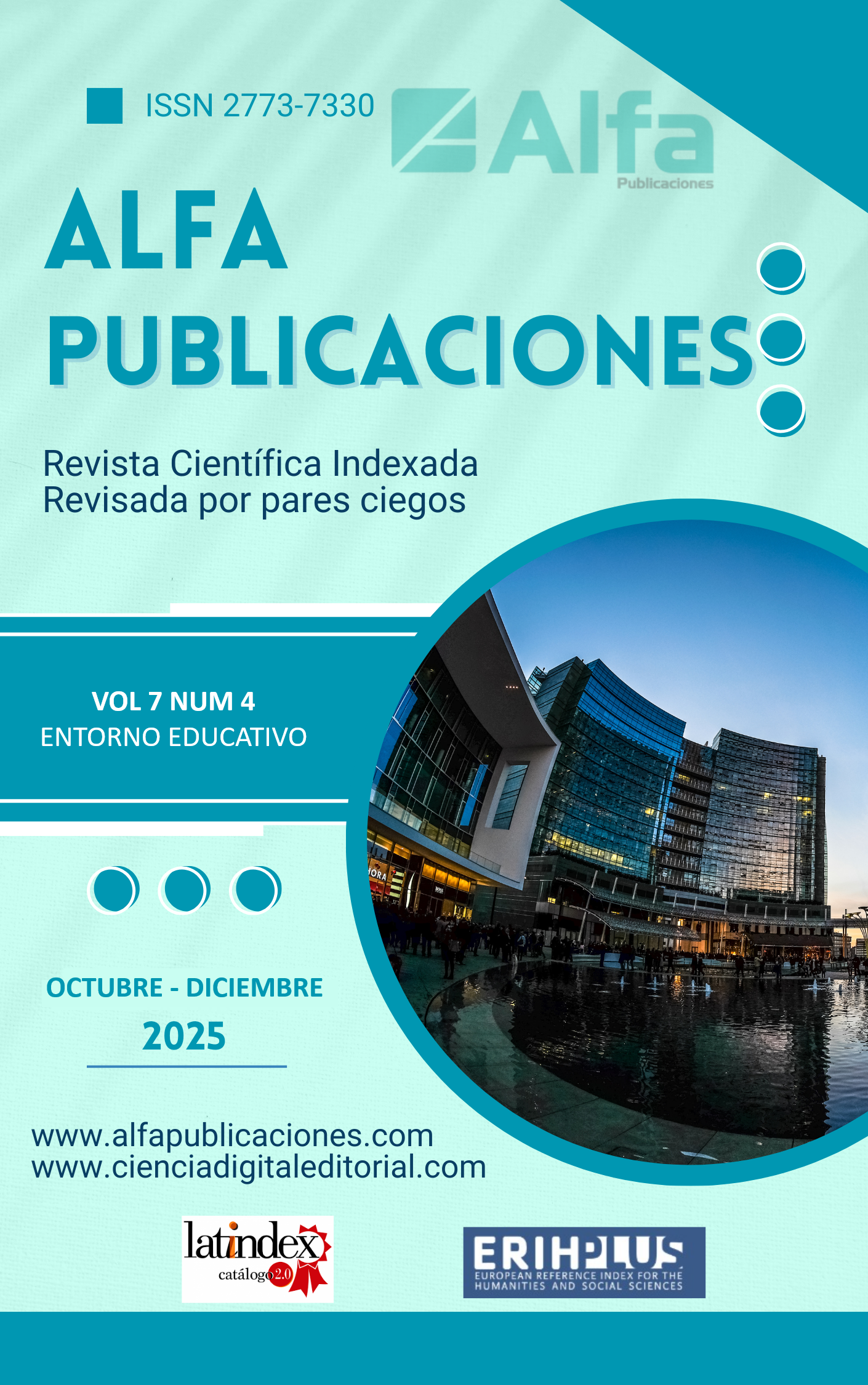Canva as an innovative strategy for teaching language and literature in third grade at B.G.U.
Main Article Content
Abstract
Introduction: The research problem lies in the need to implement more dynamic and effective teaching methodologies, given that many students have difficulties in reading and writing due to the use of traditional approaches. Objectives: The objective of this study was to evaluate the impact of the use of Canva as an innovative strategy in the teaching of language and literature in third grade students of the Unified General Baccalaureate (BGU), to determine its influence on reading comprehension, written production, motivation and creativity. Methodology: The research followed quasi-experimental, cross-sectional, and quantitative design, applying structured questionnaires and Spearman's correlation analysis to a sample of 67 students. Results: The results revealed that the use of Canva has an extraordinarily strong positive correlation (ρ = 0.877, p = 0.000) with the improvement in language skills, demonstrating that the digital materials designed on this platform facilitate learning. Conclusions: It is concluded that Canva enhances reading comprehension, written production, and creativity, also increasing student motivation. Its structured integration into the curriculum, teacher training in its use and the provision of technological infrastructure are recommended to guarantee its effectiveness as an innovative pedagogical resource in language teaching. General area of study: Education. Specific area of study: digital environments. Type of item: original.
Downloads
Article Details
dssfdsf
dsfdsf

